The women of the 1979 Oregon State University softball team used Title IX as a tool for institutional change. Decades later, they’re finally getting the recognition they deserve.
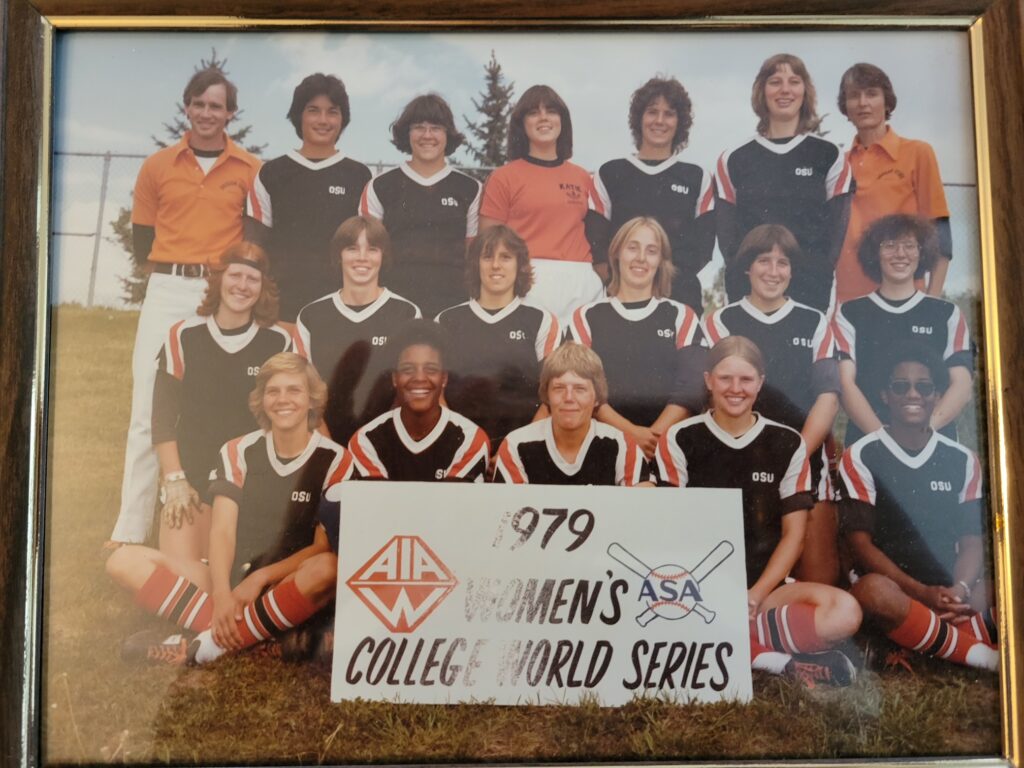
In 2014, a filmmaker asked teenage girls to run and throw like a girl. You can imagine what they did—with floppy arms and legs, and great concern for how their hair looked. The filmmaker then asked young girls to run and throw like a girl. These young girls ran and threw their hardest. You see, until social norms crush girls’ confidence at puberty, girls believe they can do anything they want to do. For them, running and throwing like a girl isn’t an insult—it’s a description of their sense of self and power. Soccer great Mia Hamm once said, “My coach said you run like a girl—and I said if you ran a little faster, you could too.”
This tension between who girls and women are and who society expects them to be is not new, and we have had to struggle at every turn for acceptance, inclusion and equity—especially in sports.
In honor of Title IX’s 50th anniversary this year, Oregon State University Athletics decided to try to address past inequities—and inducted an all-women class into the Athletics Hall of Fame, including the 1979 softball team, which used Title IX to save softball at the university.
Title IX simply reads, “No person in the United States shall, on the basis of sex, be excluded from participation in, be denied the benefits of, or be subjected to discrimination under any education program or activity receiving Federal financial assistance.” Berniece Sandler, who essentially wrote Title IX for Congress, once told me that the feminists pushing the legislation didn’t even have sports in mind. They were mostly concerned with what was going on in college classrooms, admission processes and other educational spaces. She said they’d really just hoped women might get more activities for field day. Little did they know that Title IX would revolutionize women’s sports.
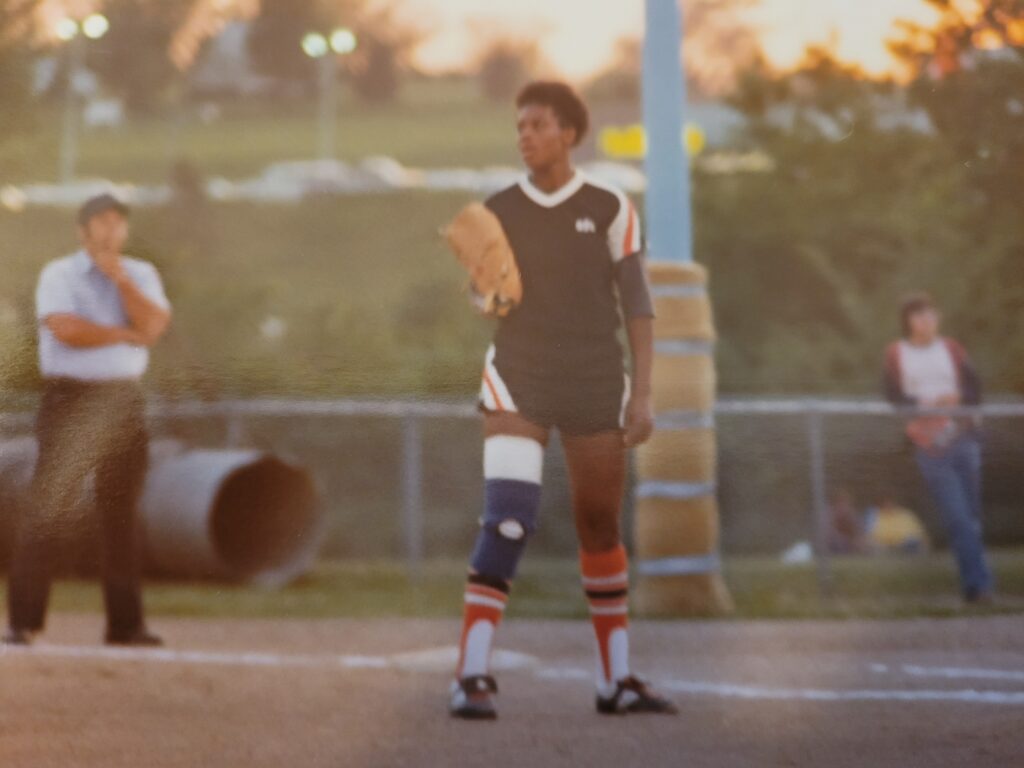
But first, let’s go back to the wide world of sports before Title IX. Before Title IX, the primary physical activities for girls were cheerleading and square-dancing. Only one in 27 girls played high school sports. There were virtually no college scholarships for women athletes, and women college athletes received only two percent of overall athletic budgets.
What were things like for women athletes at Oregon State? The 1972 women’s track and field 4×110 relay team featuring Margaret George, Sue George, Connie Larsen and Jeri Nored finished third nationally—but the team had to pay their own way to nationals. The next year, Connie Larsen told me, the team was traveling to Kalispell, Montana for an NCWSA Region Championship. “I had to drive one of the vans, because I was from Montana and knew how to drive over the mountains,” she said. “Thinking about those days, it scares me to think of the responsibility I had driving a van full of athletes to Kalispell. I was 21 years old for goodness sakes.” Janet Chaykin started driving the van for the softball team when she was only 18 years old in her first season at OSU.
In the spring of 1979, the softball team went to the College World Series 9, and finished seventh in the country. Later that year, the university announced it would cut softball.
Athletes described having only one uniform that they had to wash themselves, not being able to practice until the men’s team had finished with facilities, having no scholarships, purchasing their own equipment, having to sleep on the floors of whomever would host them when they traveled, and raising money for their sports by having car washes and holding raffles. Softball players used to clean up after football games to earn money for the team. (Can you imagine the football team cleaning up after a women’s game to earn money?).
The 1975 softball team’s uniforms were hand-me-downs from the basketball team—and when they finally got their own uniforms, they were provided with short shorts that were far from adequate for softball games. Many players mentioned the raspberries they got throughout the season.
In 1977 and 78, the team played in a local park, because the university didn’t have a field for them. At one point the park brought in dirt filled with rocks and the team had to spend time picking the rocks out before they could play. When they finally got a field on campus, it didn’t have dugouts or bathrooms.
In the spring of 1979, the softball team went to the College World Series 9, and finished seventh in the country. Later that year, the university announced it would cut softball.
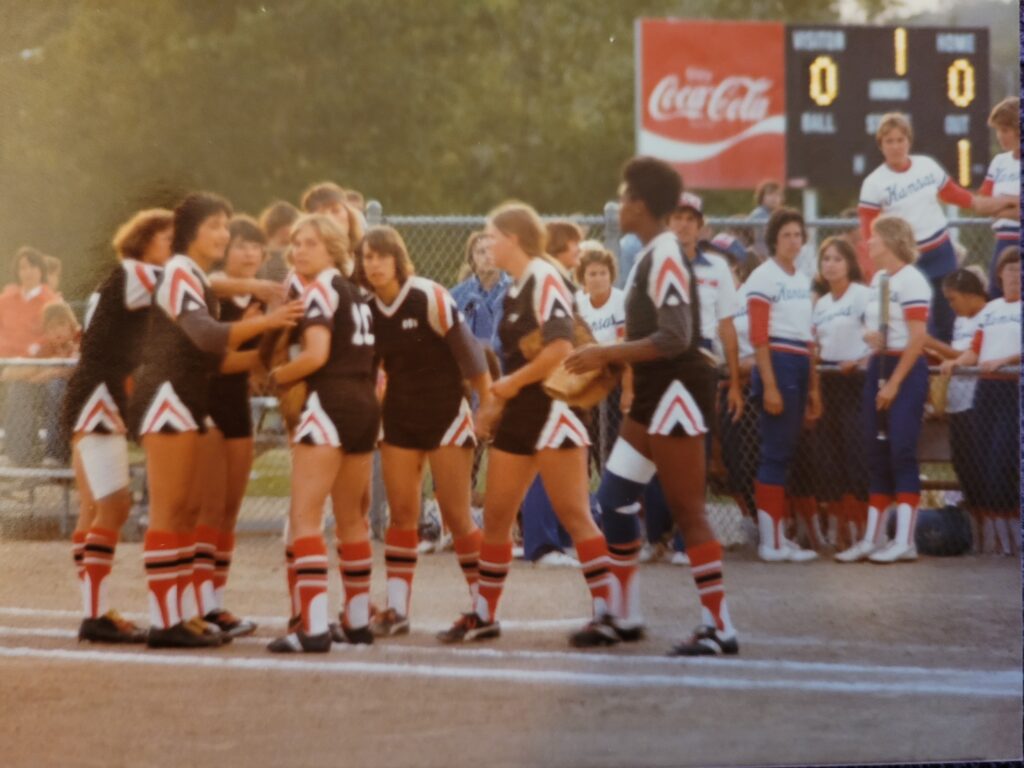
At that point, while there was Title IX legislation, there were no federal guidelines for enforcement. But the state of Oregon had created its own legislation mirroring Title IX, which became the avenue for softball players to fight back.
Players contacted a young Portland lawyer only a couple of years out of law school. Cindy Barrett had recently been to a Title IX conference and was excited to take on one of the early challenges to what was then called “sex discrimination” in athletics. She contacted another young attorney, Pam Jacklin, who had just finished law school but had been an affirmative action officer at Washington State University and an activist in Washington, D.C. before that.
At that time the most successful teams on campus were women’s and we had to fight with the athletic department for everything … I think I just reached my limit and felt like we had an opportunity to try to do something. I wanted justice.
Denise Peterson
Impressed by the bravery and commitment of these softball players, the lawyers agreed to move forward, working pro bono and with the backing of a major law firm that had handled a WSU sex discrimination case. Denise Peterson agree to be listed as lead plaintiff on the complaint. She said, “I felt we were being treated really unfairly. I believe at that time the most successful teams on campus were women’s and we had to fight with the athletic department for everything. We didn’t even have a field on campus the first two years I played. We bought our shoes and gloves. We had one uniform and we washed it. We drove motor pool vehicles ourselves and often slept on the floor at someone’s home for away games.”
“I think I just reached my limit and felt like we had an opportunity to try to do something,” she said. “I wanted justice. It was my senior year and there may have been a feeling of having nothing to lose at that point.”
The players knew this move was risky. They worried what might happened after they signed on as named plaintiffs. They feared they might get kicked out of school or other extracurricular activities. Seniors on the team worried they might not be allowed to graduate or they might find a hard time finding a job if they did. They wondered if the university would just eliminate all women’s sports in retaliation.
So Cindy Barrett and Pam Jacklin wrote a letter of demand to the university on behalf of the players. Since the federal government did not create regulations to implement Title IX until 1980, the only federal remedy for sex discrimination was the courts, and courts had ruled that girls and women could go to court to force schools to comply with Title IX. Since Oregon had legislation mirroring Title IX, the possibility of litigation in the courts made the difference, Barrett told me. Rather than risk bad publicity and the possibility of even more drastic changes, the university resolved the players’ complaint with the letter and met their demand to keep softball. In 1980 and 1981 the softball team returned to the College World Series and finished fifth in both years. All three teams were inducted into OSU’s Athletics Hall of Fame this year.
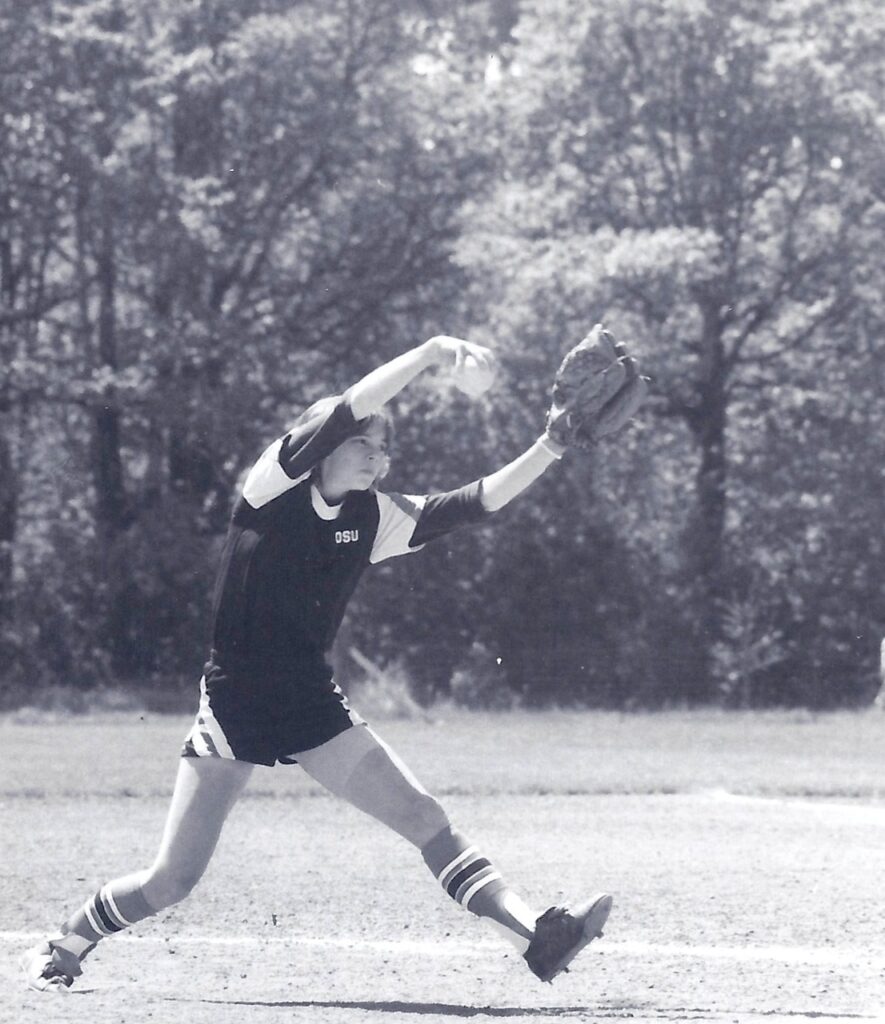
Now, lest you think we are beyond worrying about these issues, let’s remember Sedona Prince’s video of the women’s so-called weight room at the NCAA women’s basketball championships. In fact, if we look at recent Title IX report cards, we find that most schools still aren’t in full compliance—and, wow, do they always have a lot of great excuses about why not that still boil down to “We think men’s sports are more important.”
Champion Women analyzed data for college student athletes and found that 90 percent of colleges and universities discriminate against women in sports. Their analysis showed that nationally, institutions would need to provide an additional nearly 200,000 sports opportunities to match the same ratio of opportunities that are offered to men. Some of the widest gaps in funding occur in recruiting and coaches’ salaries.
What’s more, while white women make up 30 percent of all college athletes, Black, Indigenous and other women of color are only 14 percent of college athletes. White women make up only 34 percent of head coaches of women’s sports, but BIPOC women are only seven percent.
In its Title IX 50th anniversary report, the Women’s Sports Foundation found such persistent inequities as:
- Eighty-six percent of NCAA institutions across all divisions offered higher rates of athletic opportunities to male athletes disproportionate to their enrollment.
- In 2019-20, only 30 percent of athletic recruiting budgets were spent on recruiting women student athletes.
- That same year, men student athletes received $252 million more in athletic scholarships than women. If athletic departments offered athletic opportunities to female athletes proportional to enrollment, they would have had to award an additional $750 million in athletic scholarship assistance.
- While Title IX broadly has been used to address sexual assault on campuses, institutions have not done well in dealing with problems of abuse in athletics. While Title IX was used to strengthen safeguards under the Obama administration, requirements were weakened under the Trump administration. While the Biden administration is working to strengthen Title IX rules again, the inclination to support successful and popular coaches and players often leads university administrations to look the other way in the face of abuse allegations.
- The single-axis approach of Title IX with its focus solely on gender has helped maintain persistent inequities for BIPOC women who fare worse than white women in representation in college sports, particularly in sports other than basketball and track and field.
- The intersection of race with gender is not the only multiple marginalization in sports under Title IX. Many state legislatures are currently creating laws to bar participation of trans women and nonbinary athletes in sports, from professional to elementary levels. Students with disabilities are also often overlooked in sports—only about 10 percent of women with disabilities are active in sports, and, of course, most schools give little support to competitions for disabled athletes.
After all this, you may be wondering what’s happened now at Oregon State. On the positive side, our proportion of women and men athletes to women and men students is spot on, and our scholarships are proportional to those numbers. Our women’s basketball team has become a perennial powerhouse, including one recent appearance in the Final Four. Gymnastics remains a top ranked national team year after year and now we boast a gymnast who won a gold medal at the most recent Olympics.
And softball? Our coach, Laura Berg, is one of the most decorated players in the history of the sport. Coach Berg earned three gold medals across the 1996, 2000 and 2004 Olympics and a silver in the 2008 Olympics. As a member of Team USA, she won four world championship gold medals and three Pan American Games gold medals. She was a four-year All American at Fresno State University where she helped lead the team to an NCAA national championship in 1998. Coach Berg joined the OSU Softball program in 2012, and at the end of the 2022 season, she had led the Beavers back to the College World Series and a ranking of eighth in the nation. In the past couple of years, the university has added or renovated everything from softball lights to the infield and turf, a hitting facility, and a new video board that will debut in March.
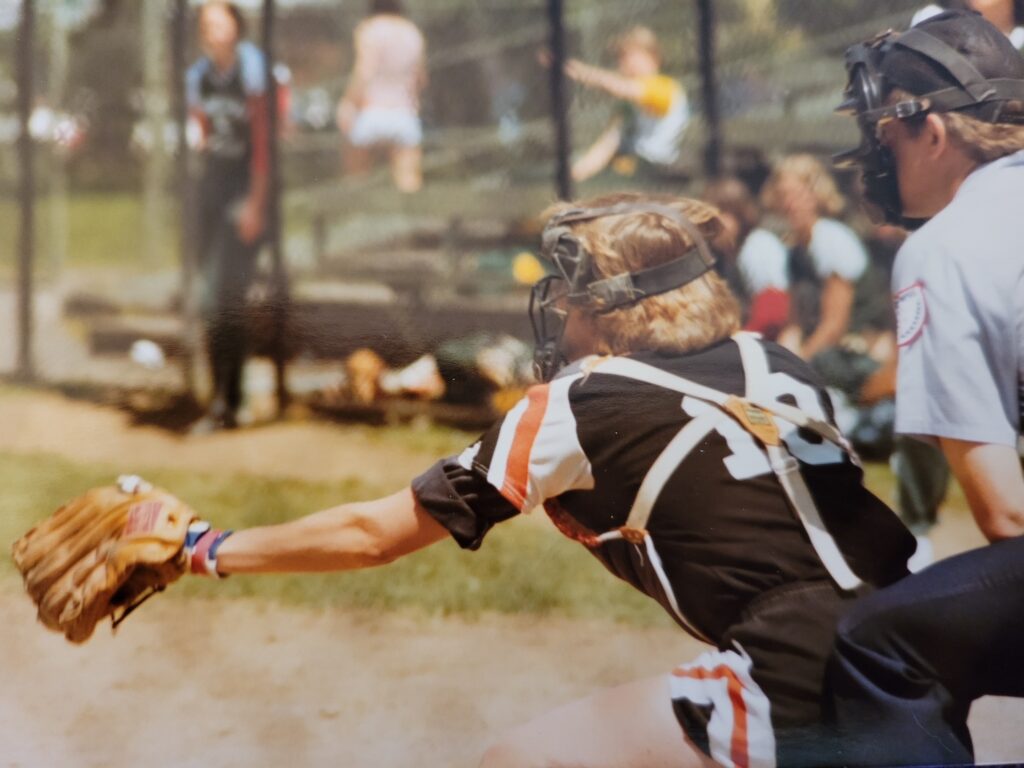
Certainly, OSU and other universities still have work to do. Some of the issues are cultural. No matter how good the women’s basketball and softball teams are, more fans usually show up to the men’s games, especially students. We don’t yet know what inequities the new rules about name, image, and likeness might create across women and men athletes and among men athletes. We also don’t know the impact the overturning of Roe v. Wade will have on women athletes across the country. A recent study found that one in four student athletes, both women and men, have been harassed, abused or sexually assaulted by someone on campus, often someone with institutional power. Homophobia remains a persistent problem in women’s sports, from lost opportunities for lesbian athletes and coaches to ugly slurs and dehumanizing tweets. More men than women are now head coaches for women’s sports, and BIPOC women are especially underrepresented in coaching and at all levels in college athletics.
That 1979 OSU softball stood up for equity and justice and used Title IX as a tool for institutional change. These athletes who did not have the benefit of Title IX played an incredibly important role in paving the way for today’s student athletes by showing that it’s good to run and throw and fight like a girl. “The reason we have softball at Oregon State is because of the incredibly brave women from the 1979 Softball Team,” said Coach Berg. “When the team takes the field before each home game, I think about the brave woman who fought for us to be able to continue to do that.”
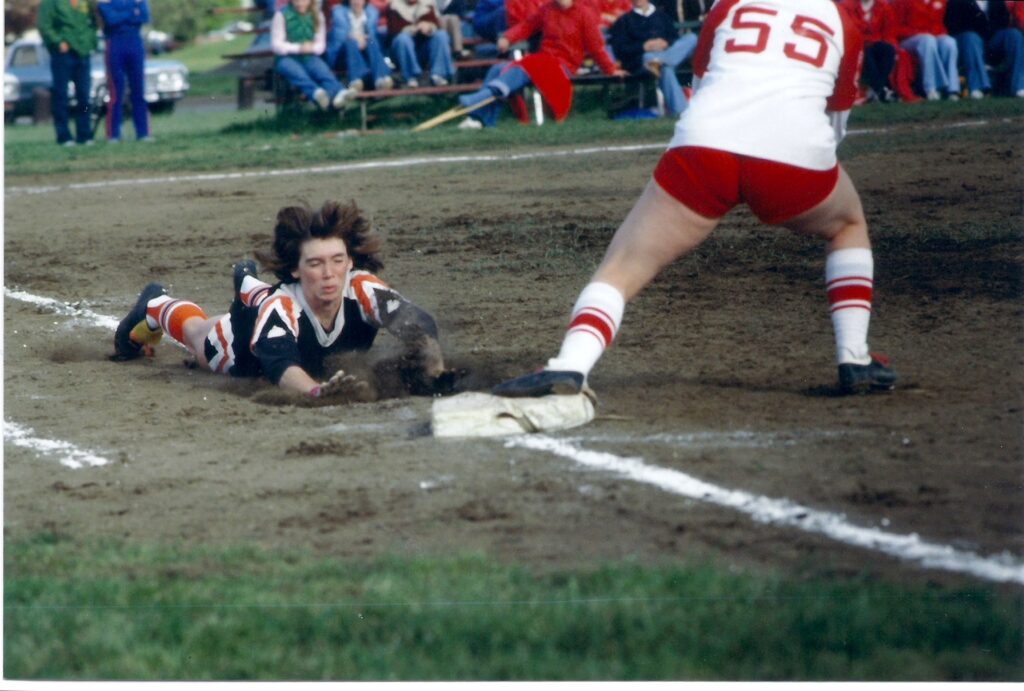
It took fifty years for OSU to recognize many of its women athletes for their accomplishments. Denny Smail, one of OSU’s greatest pitchers ever, was on that 1979 softball team and was also inducted into the Athletics Hall of Fame as an individual. “There is certainly a small sense of redemption and feeling that we were finally ‘seen’ by the University,” she said. “This team had a core group of women who started in 1976 and scrapped, worked hard, hung together and supported each other to do whatever we could to succeed. We proudly represented the orange and black through adversity and little support from the administration (at the time) and earned our way to the Women’s College World Series in 1977, 1978 and 1979. A number of the players also were on the 1980 team that went to the WCWS. The recognition was a long time coming, and I’m so happy for my teammates.”
Ms. asked Denise Peterson what she thinks now about the contributions of that 1979 softball team to OSU. “Clearly there are huge improvements that have been made,” she said. “Many universities put their women athletes front and center. I understand it isn’t always equal, but it needs to be fair. It shouldn’t take Sedona Prince taking to social media platforms for administrators to see there is a problem. It would be awesome if those in administrative positions were auditing their programs and leading for a fair playing field.”
“The thing I’m most grateful for is I had a chance to play, and I’m still close to my teammates. It was a special time in spite of it all, and maybe because of it all.”
Read more:





